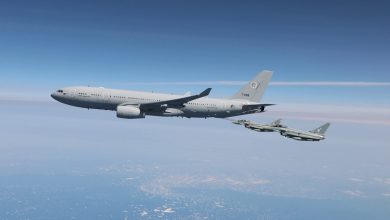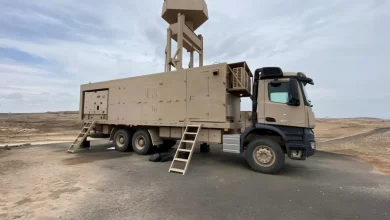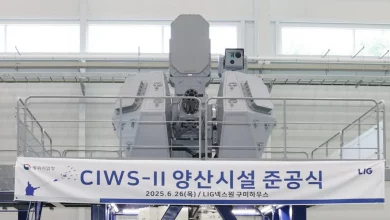China and Russia challenge the United States with new nuclear-bomber military drills

The Russian Aerospace Forces and the Chinese People’s Liberation Army Air Force have conducted cooperative air patrols in the Pacific Rim, according to the Russian Defence ministry. Russian Aerospace Forces’ Tu-95ms Strategic Missile Carriers and the PLA Air Force’s Xian H-6 Strategic Bombers performed an air patrol over the Sea of Japan and the East China Sea. The Russian strategic missile carriers flew for roughly 13 hours.
The air group, escorted by Su-30sm Aerospace Forces aircrafts, were flanked by F-2s from the South Korean Air Force and F-15s from the Japanese Air Force at various points along the voyage. Russians stressed that both countries’ planes performed entirely in accordance with international law during their missions, and there would have been no violations of foreign airspace. They also indicated that the drill was carried out in accordance with the conditions of the 2022 Military Cooperation Plan and was not aimed at foreign countries.
China held another military exercise in the disputed South China Sea days before Biden’s trip to South Korea and Japan. Chinese long-range strategic bombers coordinated drills with the People‘s Liberation Army Navy’s Liaoning carrier group in the Western Pacific. The maneuvers were likely a reaction from Beijing to potential U.S. and Japanese support for Taiwan during a summit in Tokyo on 23 May and a Quadrilateral Security Dialogue (Quad) meeting with India and Australia in Japan on 24 May.
Two Xian H-6 bombers reportedly entered the Pacific Ocean through the Miyako Strait between Okinawa and Miyakojima on May 18. After looping the sea roughly 470 km south of Okinawa island, the bombers got back to China, Japanese Defense Minister Kishi revealed on 20 May. Bombers’ trajectory seemed tied to the presence of the Chinese aircraft carrier, Liaoning. Indeed, the Liaoning naval group stood 130 kilometers east of the bombers’ orbit on May 15, but Japan officials didn’t say where the carrier battle group has been between May 16-20.
Earlier this month, the PLA conducted maneuvers encircling and limiting Taiwan Island from the Philippine Sea to Taiwan’s east and from Japan to the south – a site many believe is ideal for avoiding external intervention if China begins a military reunification of Taiwan. A few days later, a Chinese People’s Liberation Army Air Force (PLAAF) WZ-10 assault helicopter and two Ka-28 Helix anti-submarine warfare helicopters set a dangerous precedent by flying over the so-called “median line,” an unofficial barrier that runs through the Taiwan Strait.
Recently obtained satellite images revealed that China has built a training base with the layout of a mock-up ship anchored in a naval base matching one in northeast Taiwan, as well as other targets in Guam. Another set of photos discovered revealed a mock-up of a Japanese Air Self Defense Force (JASDF) in the Xinjiang desert, as previously reported by EurAsian Times.
Because of Taiwan’s geographical proximity to Japan, an invasion of Taiwan might have security implications for Japan, drawing Tokyo and Washington into the conflict. China has intimated on multiple occasions that it will not hesitate to reunify Taiwan with the Chinese mainland.
Beijing claims nearly the entire South China Sea, too. The border that China refuses to acknowledge was drawn with US backing during the cold war. To China’s chagrin, the key waterway has become a potential hotspot for Asian conflict, with Washington conducting periodic Freedom of Navigation Operations.
China is rushing toward the Pacific to challenge Western dominance and control. After negotiating a security treaty with the Solomon Islands, which might lead to a Chinese military installation 2,000 km from Australia, China is approaching Kiribati, which is near Hawaii. The US, for its part, has been rethinking its deployments to safeguard vulnerable borders. However, it has admitted that if it goes to war with China over Taiwan, it will face a logistical crisis.





